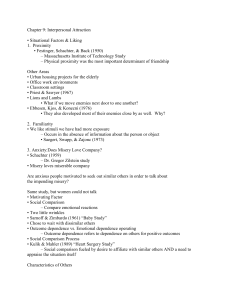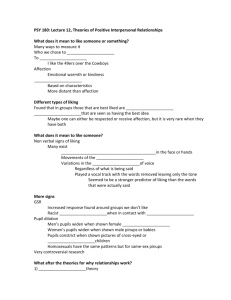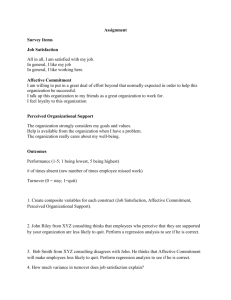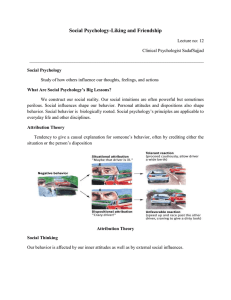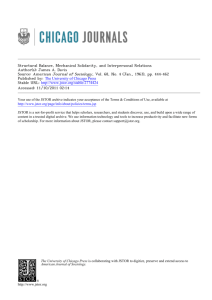more - European Sensory Network
advertisement
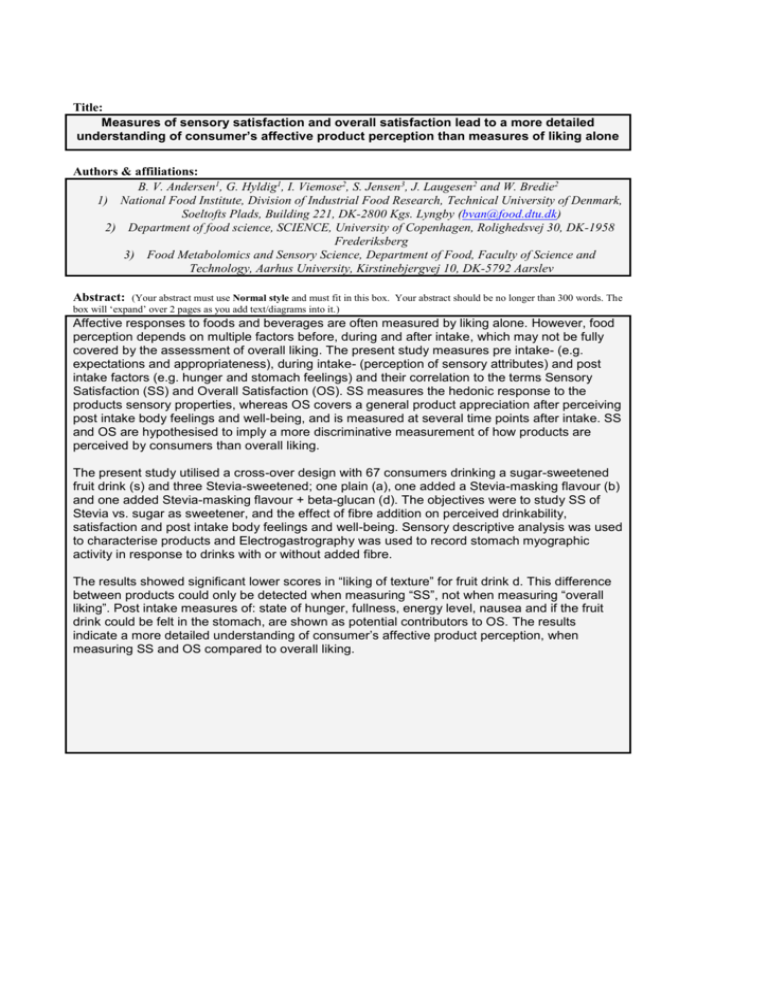
Title: Measures of sensory satisfaction and overall satisfaction lead to a more detailed understanding of consumer’s affective product perception than measures of liking alone Authors & affiliations: B. V. Andersen1, G. Hyldig1, I. Viemose2, S. Jensen3, J. Laugesen2 and W. Bredie2 1) National Food Institute, Division of Industrial Food Research, Technical University of Denmark, Soeltofts Plads, Building 221, DK-2800 Kgs. Lyngby (bvan@food.dtu.dk) 2) Department of food science, SCIENCE, University of Copenhagen, Rolighedsvej 30, DK-1958 Frederiksberg 3) Food Metabolomics and Sensory Science, Department of Food, Faculty of Science and Technology, Aarhus University, Kirstinebjergvej 10, DK-5792 Aarslev Abstract: (Your abstract must use Normal style and must fit in this box. Your abstract should be no longer than 300 words. The box will ‘expand’ over 2 pages as you add text/diagrams into it.) Affective responses to foods and beverages are often measured by liking alone. However, food perception depends on multiple factors before, during and after intake, which may not be fully covered by the assessment of overall liking. The present study measures pre intake- (e.g. expectations and appropriateness), during intake- (perception of sensory attributes) and post intake factors (e.g. hunger and stomach feelings) and their correlation to the terms Sensory Satisfaction (SS) and Overall Satisfaction (OS). SS measures the hedonic response to the products sensory properties, whereas OS covers a general product appreciation after perceiving post intake body feelings and well-being, and is measured at several time points after intake. SS and OS are hypothesised to imply a more discriminative measurement of how products are perceived by consumers than overall liking. The present study utilised a cross-over design with 67 consumers drinking a sugar-sweetened fruit drink (s) and three Stevia-sweetened; one plain (a), one added a Stevia-masking flavour (b) and one added Stevia-masking flavour + beta-glucan (d). The objectives were to study SS of Stevia vs. sugar as sweetener, and the effect of fibre addition on perceived drinkability, satisfaction and post intake body feelings and well-being. Sensory descriptive analysis was used to characterise products and Electrogastrography was used to record stomach myographic activity in response to drinks with or without added fibre. The results showed significant lower scores in “liking of texture” for fruit drink d. This difference between products could only be detected when measuring “SS”, not when measuring “overall liking”. Post intake measures of: state of hunger, fullness, energy level, nausea and if the fruit drink could be felt in the stomach, are shown as potential contributors to OS. The results indicate a more detailed understanding of consumer’s affective product perception, when measuring SS and OS compared to overall liking.

